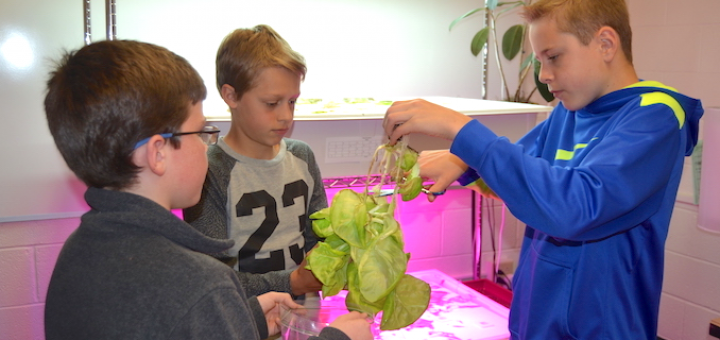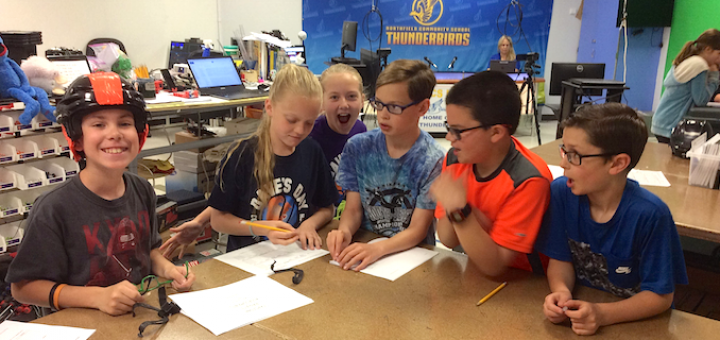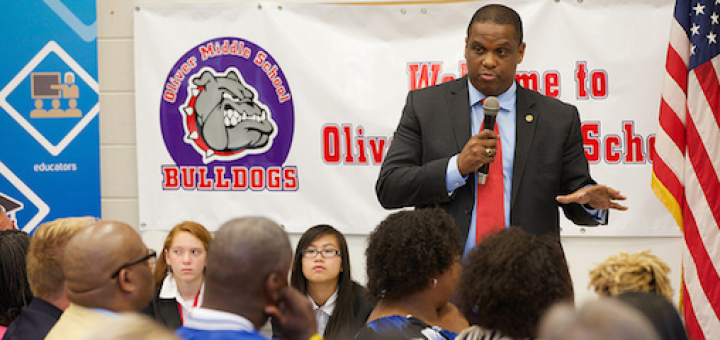Media Literacy: Learning about Product Placement
As product placement ads invade more of our visual space, educators can use the trend as a hook to engage students in critical thinking about what it means to be media literate. Expert Frank Baker uses the NBA’s 2016-17 plans for jersey advertising as an example.


















